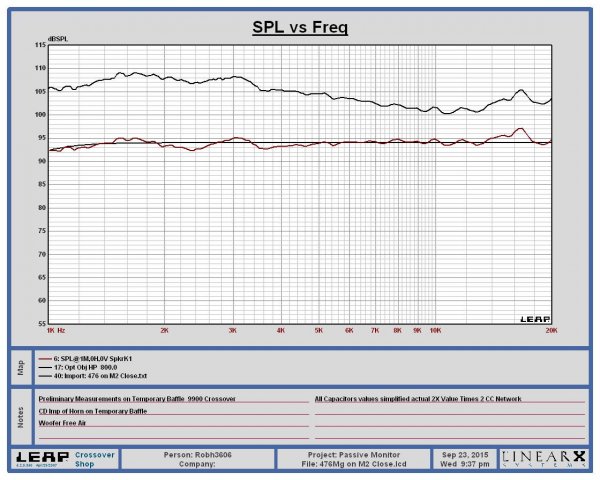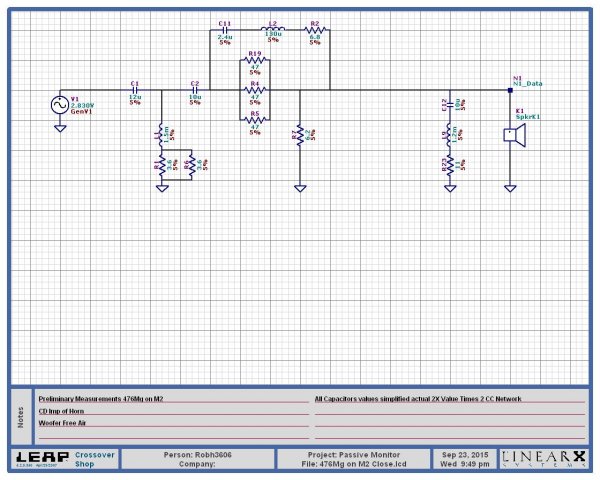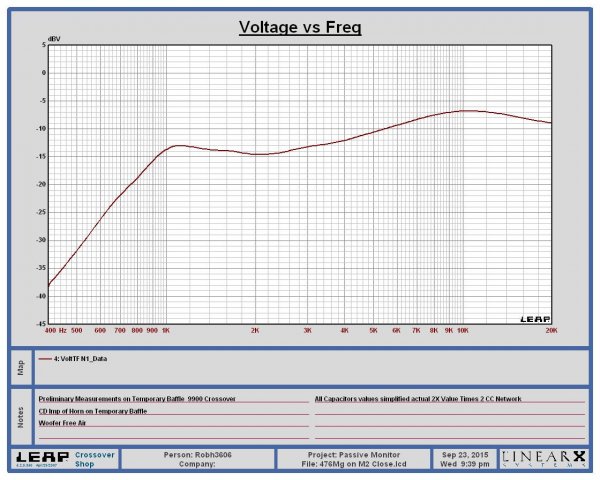That's a list of parts. And while it's easy to assume that better quality = better sound, why do we think that is true? At what point are the copper traces thick enough to carry all the current they will ever be tasked with? Is there a reason to go beyond that? Is there no upper limit? If an amp was grossly over spec'd in all of these parameters would it "sound better" than one that was simply built comfortably beyond it's performance requirements? Why?
Tim
I suppose some things are beyond layman's terms. Perhaps you should go listen to some quality amps and see if you can hear any difference between a $200 Crown, and a $18000 pair of Mola Mola monoblocks. If they sound the same to you, I guess that makes you a lucky guy. This hobby will be much more inexpensive for you, than for some others.





